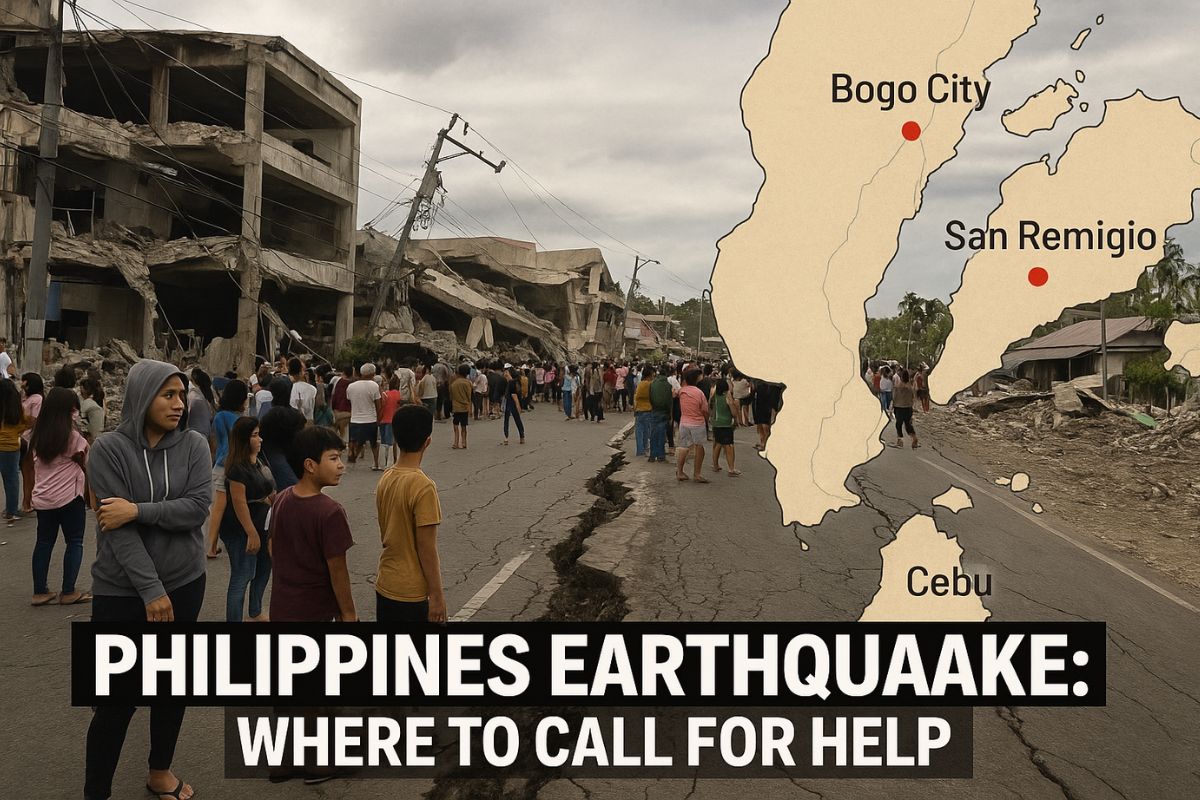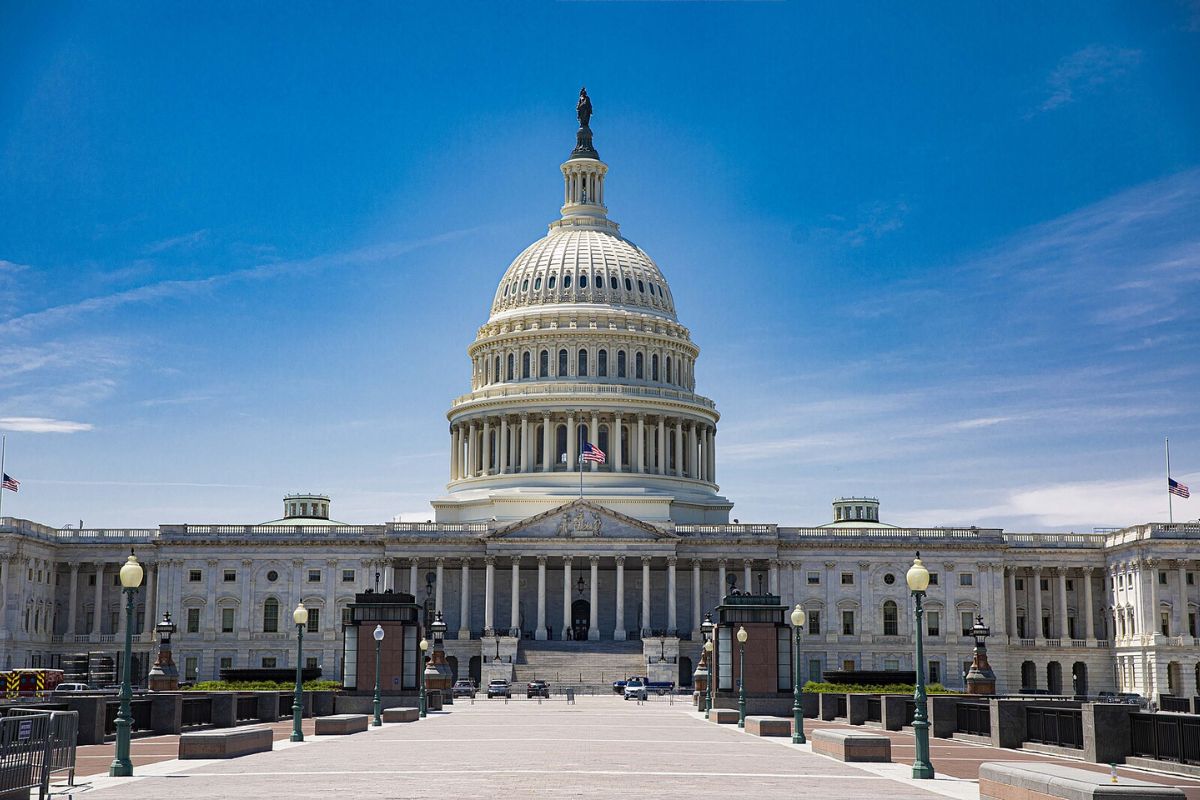Since the 1970s, cities worldwide have grown rapidly, with urbanization dominating the landscape. Tall skyscrapers are replacing modest houses as more people move into cities, dramatically altering city skylines. While these buildings are impressive and offer practical solutions for population growth, they block natural light, affecting people and surrounding plants and trees.
Skyscrapers block sunlight, affecting health
Sunlight is crucial for good health. It helps the body produce vitamin D, essential for bone health, immune function, and overall well-being. Sunlight exposure is linked to improved mental health, reducing symptoms of depression and anxiety. Without enough sunlight, people face increased health risks like heart disease, metabolic syndrome, depression, and nearsightedness. This is concerning for children and the elderly, who are more likely to experience vitamin D deficiency and eye problems due to limited sunlight exposure.
In cities with many high-rise buildings, like Hong Kong, lack of sunlight is a serious concern. Researchers from the University of Hong Kong (HKU) developed a framework to measure sunlight in cities. Their study, published in Nature Cities, shows clouds and tall buildings significantly reduce urban sunlight. In some cities, skyscrapers block up to 90% of the natural sunlight.
HKU researchers defined the ideal sunlight amount for a city as 4,460 hours per year, the maximum without clouds or buildings blocking it. However, in 2020, U.S. cities lost 2,896 hours of sunlight, equivalent to about 121 days. Of this, clouds caused 2,448 hours (102 days) of loss, while tall buildings contributed 448 hours (19 days).
Clouds reduce sunlight in cities
The study demonstrated that cloud cover had an impact on northeastern and northwest U.S. cities like Maine, New York, and Washington. These areas saw sunlight hours drop from 4,460 to 1,500 per year. Coastal cities and areas with dense skyscrapers also experienced major reductions in sunlight.
The lack of sunlight in these cities poses significant health risks. Vitamin D deficiency is rising, especially among children and older adults, leading to various health problems. Reduced sunlight exposure is linked to mental health issues, including depression and anxiety.
Professor Bin Chen from HKU emphasized considering sunlight in urban design. According to him, factors like latitude, cloud cover, and seasonal changes need to be considered. Unfortunately, most urban planning strategies today fail to address the impact of skyscrapers and tall structures on sunlight availability, leading to unintended health and environmental consequences.
The study noted that reduced sunlight impacts energy use. When cities receive less natural light, people rely more on artificial lighting and heating, increasing energy consumption and carbon emissions, especially in colder regions and winter months when sunlight is limited.
The findings highlight the need for better urban planning that balances development with residents’ health. Professor Chen emphasized creating local regulations for building designs that allow enough sunlight. Without such measures, the situation will worsen as cities grow and urbanization increases.
Support us to keep independent environmental journalism alive in India.
Keep Reading
Part 1: Cloudburst in Ganderbal’s Padabal village & unfulfilled promises
India braces for intense 2024 monsoon amid recent deadly weather trends
Follow Ground Report on X, Instagram and Facebook for environmental and underreported stories from the margins. Give us feedback on our email id greport2018@gmail.com.
Don’t forget to Subscribe to our weekly newsletter, Join our community on WhatsApp, and Follow our YouTube Channel for video stories.









